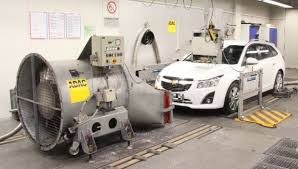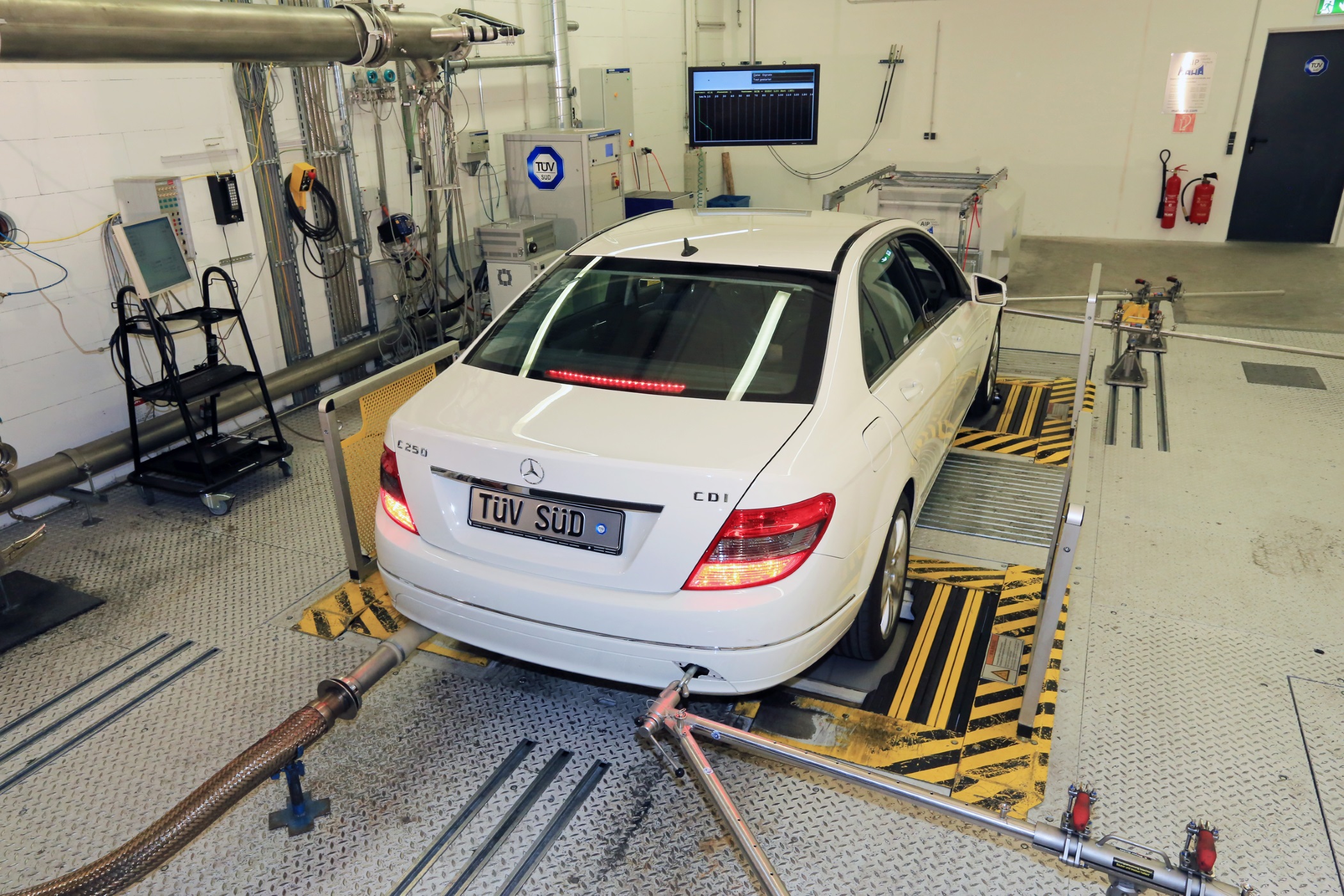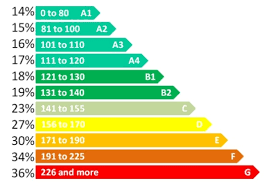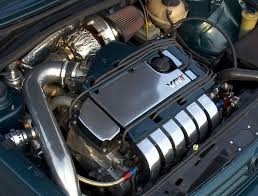As our kids trudge their way back to school on September the 1st, they will probably be unaware of a major change taking place in the way our cars' emissions are measured. The school kids probably wouldn’t care much, but you most definitely should because those measurements are going to, eventually, have a significant effect on the cars we buy and their second hand values.
A little background
 What’s happening is that the NEDC is being replaced by the WLTP, with a bit of RDE on the side. Right, let me take you through that. NEDC is the New European Driving Cycle, the lab-based emissions and economy test that gives us all our official Co2 and fuel economy ratings. It has been thoroughly discredited as unrealistic and easily cheated over the years, and following the revelations of the Dieselgate scandal, it desperately needed replacing.
What’s happening is that the NEDC is being replaced by the WLTP, with a bit of RDE on the side. Right, let me take you through that. NEDC is the New European Driving Cycle, the lab-based emissions and economy test that gives us all our official Co2 and fuel economy ratings. It has been thoroughly discredited as unrealistic and easily cheated over the years, and following the revelations of the Dieselgate scandal, it desperately needed replacing.
The new tests
 WLTP is the new test, the World Light-duty Test Procedure. Like the NEDC test, it’s done in a laboratory, but it goes on for longer and is more stringent than the old NEDC test. It’s basically a higher bar over which the car makers have to jump to get their cars certified for sale. RDE is an add-on to all of this, and is the Real-world Driving Experience, developed by the EU in response to the revelations that car makers were designing software which would recognise when the car was being tested in a lab, and adjust the emissions settings to ‘maximum cleanliness.’ It involves measuring a car's emissions and consumption while it’s actually being driven on an actual road, and is therefore an even tougher test. It’s a bit toothless for now, though, as readings from the RDE test are allowed to be much, much higher than those for the standard WLTP test.
WLTP is the new test, the World Light-duty Test Procedure. Like the NEDC test, it’s done in a laboratory, but it goes on for longer and is more stringent than the old NEDC test. It’s basically a higher bar over which the car makers have to jump to get their cars certified for sale. RDE is an add-on to all of this, and is the Real-world Driving Experience, developed by the EU in response to the revelations that car makers were designing software which would recognise when the car was being tested in a lab, and adjust the emissions settings to ‘maximum cleanliness.’ It involves measuring a car's emissions and consumption while it’s actually being driven on an actual road, and is therefore an even tougher test. It’s a bit toothless for now, though, as readings from the RDE test are allowed to be much, much higher than those for the standard WLTP test.
Officially, at any rate, the car industry is welcoming the new regulations “The automobile industry has invested heavily to achieve significant improvements in emissions from RDE-compliant Euro 6 vehicles,” stated ACEA (the umbrella body that represents the major European car makers) Secretary General, Erik Jonnaert. “Indeed, these diesel vehicles will deliver very low pollutant emissions not only in the laboratory, but also on the road. We believe that the introduction of this latest generation of diesel vehicles, supported by fleet renewal plans, will play a strong role in helping cities move towards compliance with EU air quality targets.”
The Irish context
The thing is that the new targets are moving targets, and they’re going to cause merry hell with car pricing and values, especially in countries such as Ireland where so much of the price (thanks to VRT) is dependent on the emissions.
Impact on prices
 As and from now, if you introduce a new car, it must be put through the WLTP test, which makes simple sense. But cars already on sale have been through the old NEDC test, and because that’s less stringent, could potentially have lower emissions and therefore a lower price than a newer model. Car makers have an 18-month grace period to get these older models put through the WLTP, which is fair enough in many ways, but it will lead to a certain amount of gaming of the system. Those car makers with models which they know will not do as well on the WLTP test will hold back those tests for as long as they can, potentially creating temporary price advantages between cars competing in similar areas of the market.
As and from now, if you introduce a new car, it must be put through the WLTP test, which makes simple sense. But cars already on sale have been through the old NEDC test, and because that’s less stringent, could potentially have lower emissions and therefore a lower price than a newer model. Car makers have an 18-month grace period to get these older models put through the WLTP, which is fair enough in many ways, but it will lead to a certain amount of gaming of the system. Those car makers with models which they know will not do as well on the WLTP test will hold back those tests for as long as they can, potentially creating temporary price advantages between cars competing in similar areas of the market.
Impact on VRT
 It will also make the process of buying (and importing) a car much more difficult, as under the WLTP, individual items of equipment have to be tested to account for any effect they may have on the car’s emissions, from wheels and tyres to more powerful stereos and so on. In an Irish context, this means that instead of having a model range in general certified for sale, each individual car sold will need to be separately assessed. As one motor industry insider put it to us, “it’ll be more accurate and more relevant to real-world driving, and it will also record things like nitrogen oxide emissions as well as Co2, and I think we all agree with that and agree with what’s trying to be done here. The problem is that nothing is being done to change the existing tax and VRT system to account for the changes in measurement. Depending on the vehicle you’re looking at, you could jump up a tax band very easily, as the WLTP test is likely to see official Co2 emissions rise by around 8-10 per cent. And that will punish larger cars more, as a jump from Band A3 to A4 is only €10, but higher up the scale the jumps get a lot bigger. From a business perspective, a car can become uncompetitive overnight.”
It will also make the process of buying (and importing) a car much more difficult, as under the WLTP, individual items of equipment have to be tested to account for any effect they may have on the car’s emissions, from wheels and tyres to more powerful stereos and so on. In an Irish context, this means that instead of having a model range in general certified for sale, each individual car sold will need to be separately assessed. As one motor industry insider put it to us, “it’ll be more accurate and more relevant to real-world driving, and it will also record things like nitrogen oxide emissions as well as Co2, and I think we all agree with that and agree with what’s trying to be done here. The problem is that nothing is being done to change the existing tax and VRT system to account for the changes in measurement. Depending on the vehicle you’re looking at, you could jump up a tax band very easily, as the WLTP test is likely to see official Co2 emissions rise by around 8-10 per cent. And that will punish larger cars more, as a jump from Band A3 to A4 is only €10, but higher up the scale the jumps get a lot bigger. From a business perspective, a car can become uncompetitive overnight.”
Those price fluctuations will inevitably have an effect on second hand values, especially if they skew the prices of particular models against their rivals, and that’s an issue which could become further muddied still by whatever the government decides to do in this year’s and next year’s Budget when it comes to the emissions-based tax system.
So while WLTP and RDE emissions tests are, in general, very good for the future of the planet and the future of our lungs, they are going to make buying a car rather more difficult in the coming months.